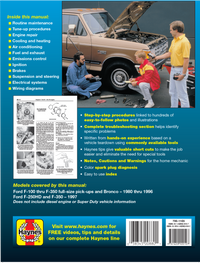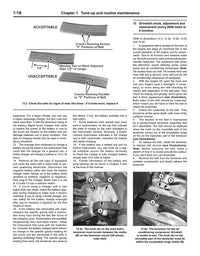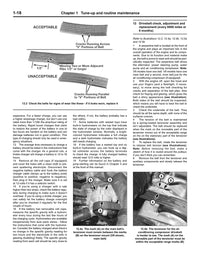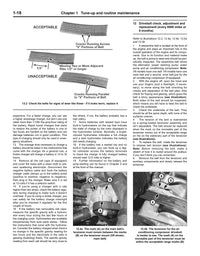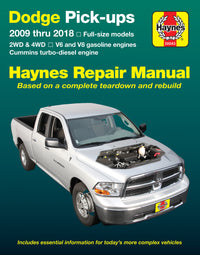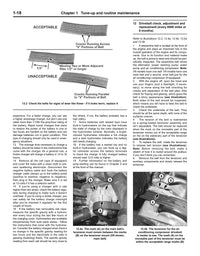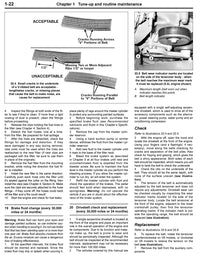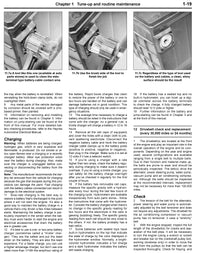How an engine’s thermostat works
A thermostat controls the engine’s coolant temperature and stops the motor from overheating. When the engine is cold the thermostat is closed, preventing coolant from leaving the engine block. This helps the engine to warm up as quickly as possible, boosting its efficiency and lowering emissions and fuel consumption.
Once the coolant temperature reaches around 180F, wax inside the thermostat melts and a rod is pushed out, opening the valve and allowing the coolant to begin circulating.
This task requires some experience, uses basic tools, and will take two to three hours, depending on your model.

Every car is different, so before you view the full instructions, find yours…
When to change your thermostat
“You may find that the heater in the cabin doesn’t blow out hot air and fuel consumption will increase”
Symptoms of a thermostat stuck in the open position include the engine running cold, or at least not getting up to temperature. You may find that the heater in the cabin doesn’t blow out hot air and fuel consumption rises.
If the thermostat is stuck closed it will prevent water in the engine jacket from reaching the radiator. The engine will overheat (often quite quickly) and start running poorly. There’s a danger that the head gasket will fail, along with other seals - stop the engine immediately and replace the thermostat as soon as the engine is cool.
All cars are slightly different, so if it is time to change your thermostat, use our before you begin checklist, and find your car for specific instructions.
Why you should change your thermostat
A failed thermostat will prevent the engine from operating within its ideal temperature range and affect its performance. This can be dangerous.
A thermostat stuck open allows water to flow into the radiator all the time. This means the engine will take longer to warm up and may not reach the correct operating temperature at all. As a result your engine will use more fuel and will emit more CO2.
A thermostat stuck closed is more dangerous. It prevents water from leaving the engine jacket and reaching the radiator, where it is cooled. The engine temperature will rise rapidly, putting stress on the head gasket and other seals, and potentially causing the engine to fail. Pull over and turn off the engine as soon as possible.

Before you begin
Tools you will need
Only basic tools are required for this job, although you may need to raise the car to remove the undershield.
- Floor jack (if necessary). Not your car’s emergency jack
- Axle stands
- Ratchet and socket set
- Flat-bladed/Phillips/torx screwdriver
- Rags
- Plastic scraper
Parts you may need
- Coolant - If it’s in good condition you may be able to reuse the old coolant
- New thermostat - You may also need to replace the housing - Haynes can tell you if this is the case
- O-ring seal(s)/housing seal(s)/gasket - All of these seals will need to be replaced
Every car is different, so before you view the full instructions, find yours…


